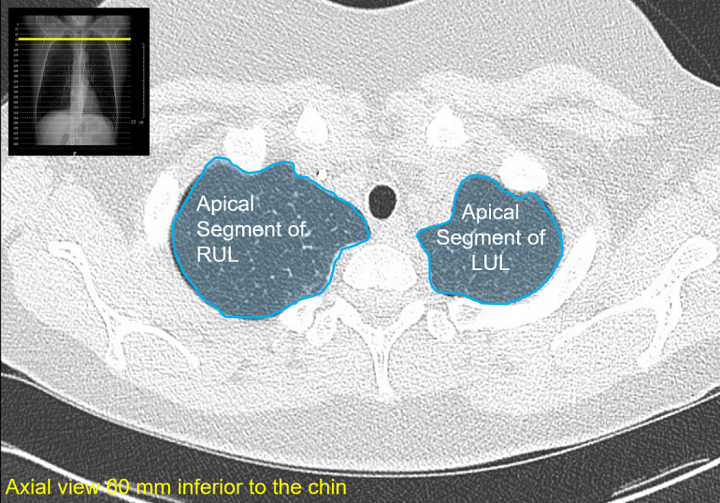29 Nov 21. Online learning: Anatomy (body)
Anatomy (body) is an elective course in the Edinburgh Imaging Academy’s post-graduate Imaging MSc / Diploma programme. It can also be taken not-for-credit as CPD / CME & suitable for FRCR part 1 training.

Our online Anatomy (body), (BANA) course teaches non-neural anatomy, focusing on the human cardiothoracic system, musculoskeletal system, abdomen & pelvis, enabling identification of key structures with multiple imaging modalities, plus relating anatomical knowledge to the impact of disease on adjacent structures & function.
You can download our syllabus, which includes all the learning objectives for each module & lecture, here:
We offer multiple options for studying Anatomy (body):
-
As a stand-alone course, gaining university credits:
- Starts in September / Autumn / Semester 1 (please note that elective courses will not run if the cohort is too small)
- 10 university credits
- As a stand-alone course, without university credits for CPD / CME preparation & FRCR part 1 training:
- Starts anytime
- As an elective embedded in one of our online degree programmes:
We asked Dr Mark Macmillan, Senior Radiology Trainee & main tutor for the Anatomy (body) course, to describe the course in more detail:
-
Who is the BANA course aimed at?
- The body anatomy course is suitable for students from a wide range of backgrounds, the course has been developed with this in mind. The content is broken into subsections which are digestible for those with limited knowledge of anatomy, but there are opportunities for those who have more experience to deepen their knowledge significantly through the in course assessments.
-
What can you learn in the BANA course?
-
The course uses medical imaging to develop students knowledge of anatomy & is divided into three sections:
- cardio-thoracic
- musculo-skeletal & abdominal
- pelvic anatomy
- Each of these sections is taught through three lectures, for example in cardiothoracic anatomy there are lectures covering lung anatomy, bronchial tree anatomy & mediastinal anatomy.
- We believe learning anatomy through medical imaging allows students to gain an understanding of how anatomical structures interact & relate to each other in life.
- In the in-course assessments students use their anatomical knowledge gained in the lectures to determine how disease can impact the structure & function of the body.
-
-
What benefits can you get from our online study options?
- One of the strengths of online learning is the opportunity for students to set their own pace for learning allowing students to spend more time on areas that they find challenging. Additionally, it can afford students flexibility in the time & place at which they wish to learn.
- If the course is taken for credit, there is also access to our online forum in which students can discuss areas they find challenging or areas of interest with me.
-
What outcomes / what can you expect at the end of the BANA course?
- By the end of the BANA course, students will have gained the ability to identify & describe the major anatomical structures of the human bodies on commonly used medical imaging modalities. Students will also gain knowledge of common anatomical variants which occur in humans
Find out more about our online short course in Anatomy (body) & how to apply, here.
Relevant links
- Anatomy (body)
- Dr Mark Macmillan
- Edinburgh Imaging Academy
- Short courses
- Degree programmes
- Training tools
- About our students
- 27 Oct 21. Online learning: Anatomy (neuroanatomy)
- 15 Sep 21. National Online Learning Day
- 27 Aug 21. Online learning: Clinical applications
- 18 Jun 21. PET-MR neuroimaging course
- 15 May 21. New cardiac imaging educational resource
- 11 May 21. ACTATS one year on
- 21 Dec 20. Tutor of the Month
- 13 Aug 20. ACTATS milestone
- 07 May 20. ACTATS goes live
- 25 Nov 19. Edinburgh Imaging Academy graduations
Social media tags & titles
Anatomy (body) is an elective course in the Edinburgh Imaging Academy’s post-graduate Imaging MSc / Diploma programme. It can also be taken not-for-credit as CPD / CME & suitable for FRCR part 1 training.
@EdinUniMedicine @uoe_online

